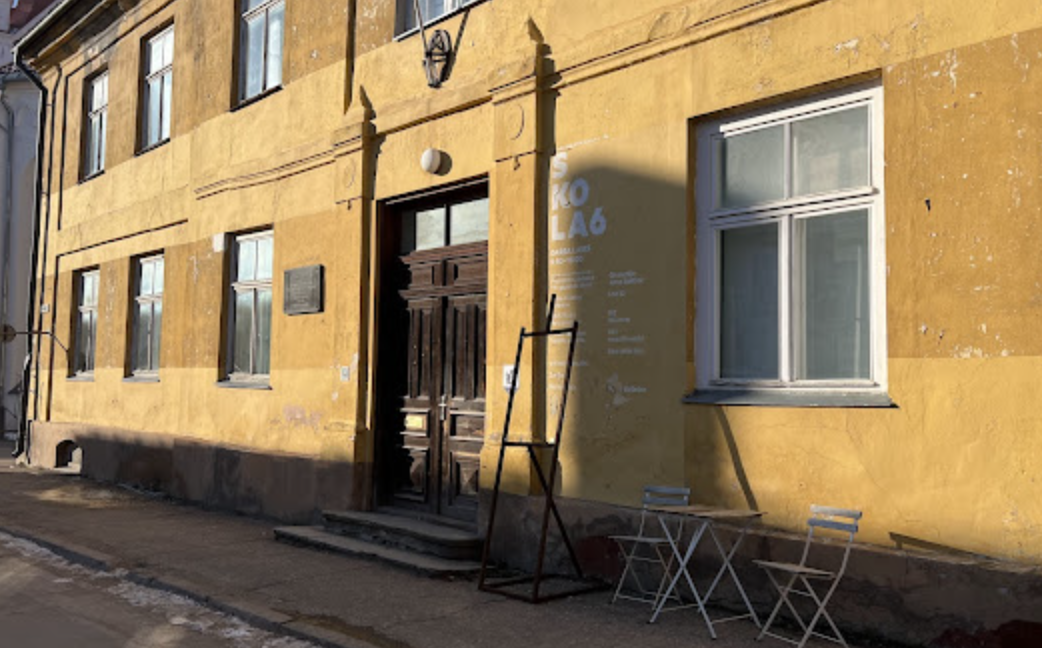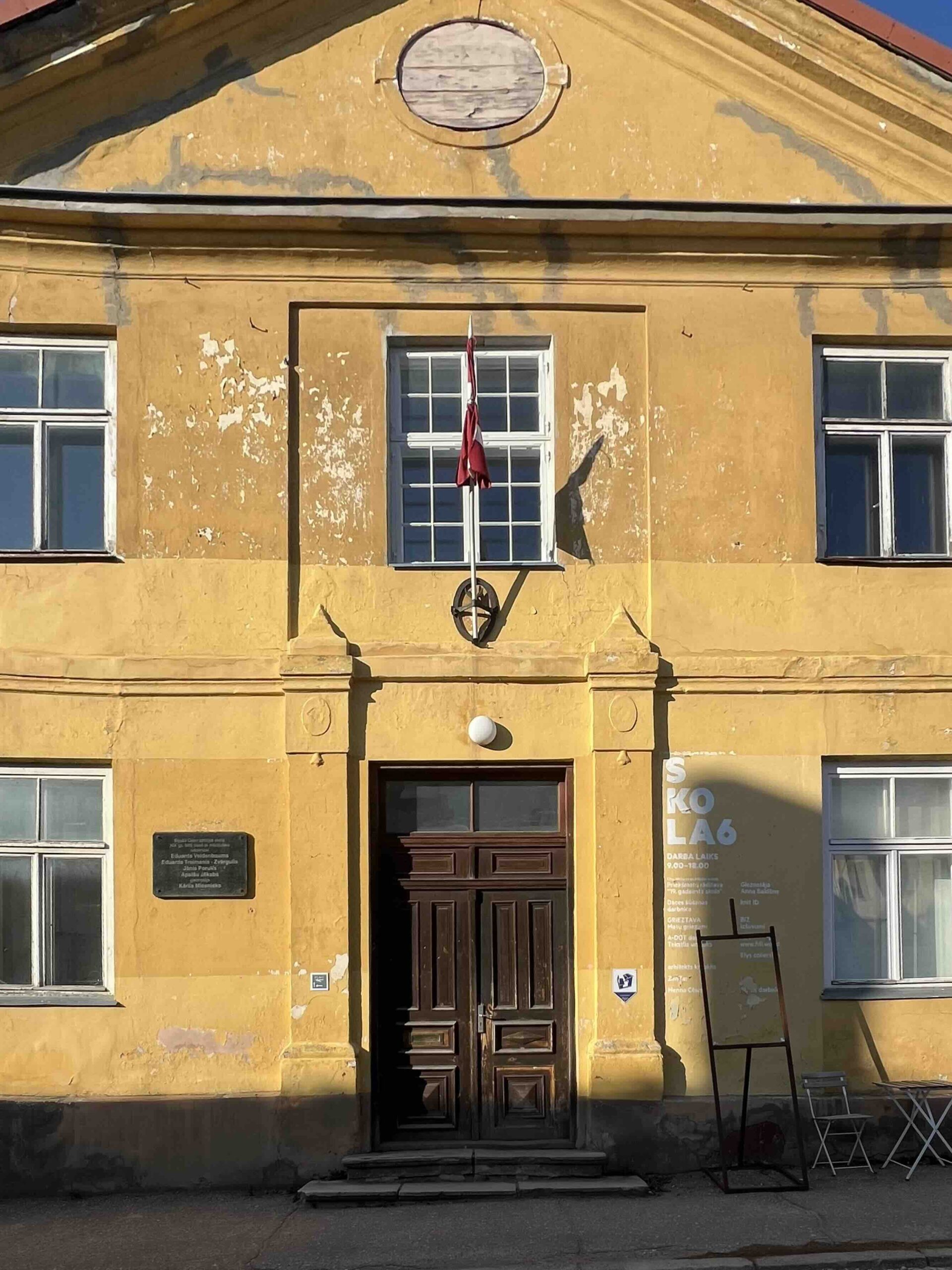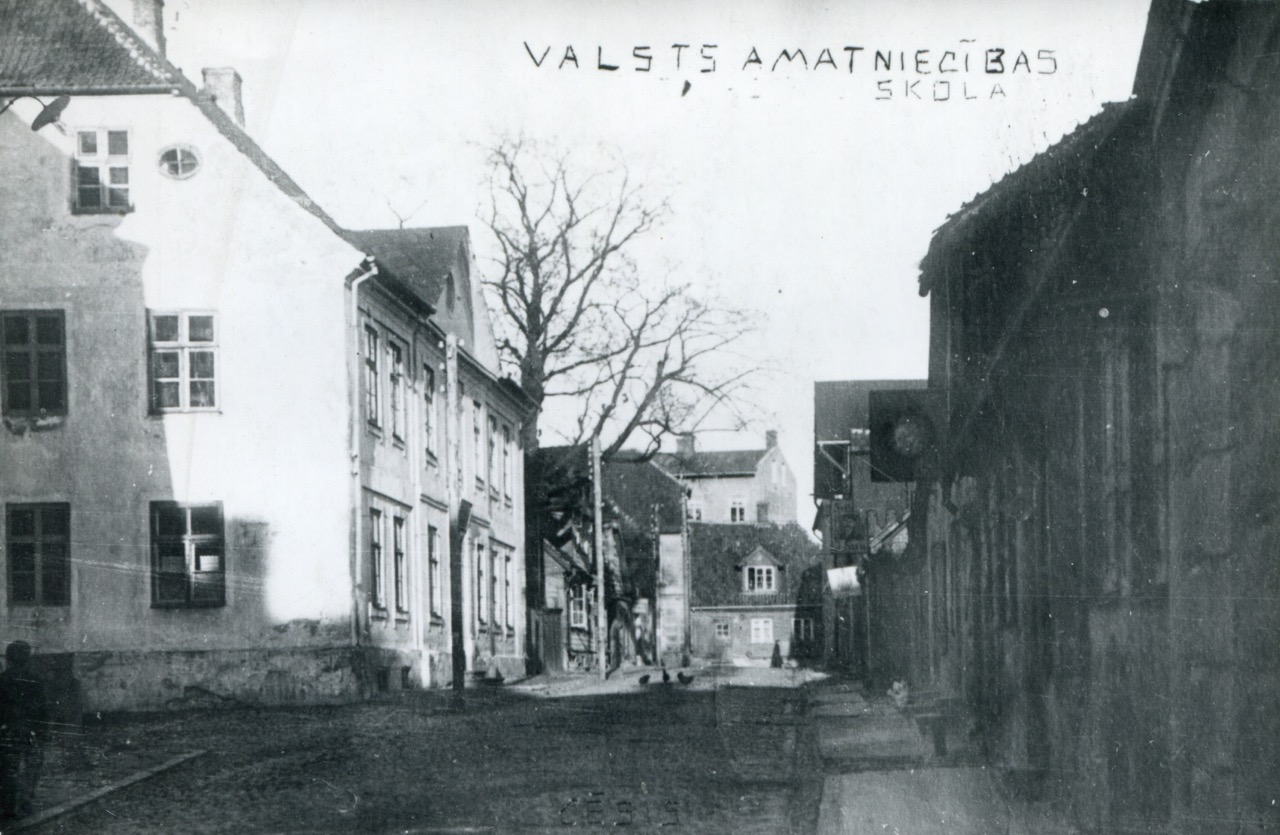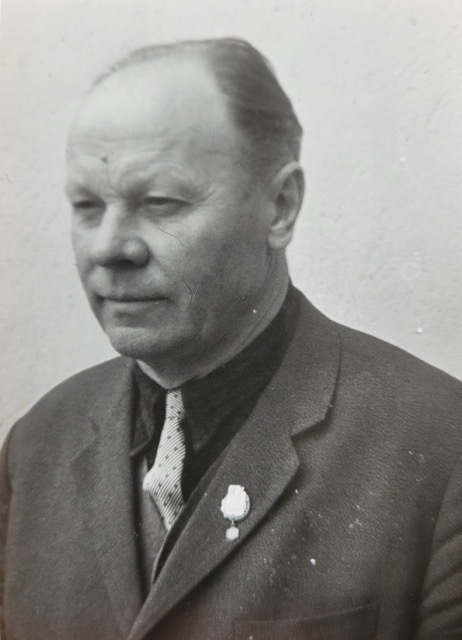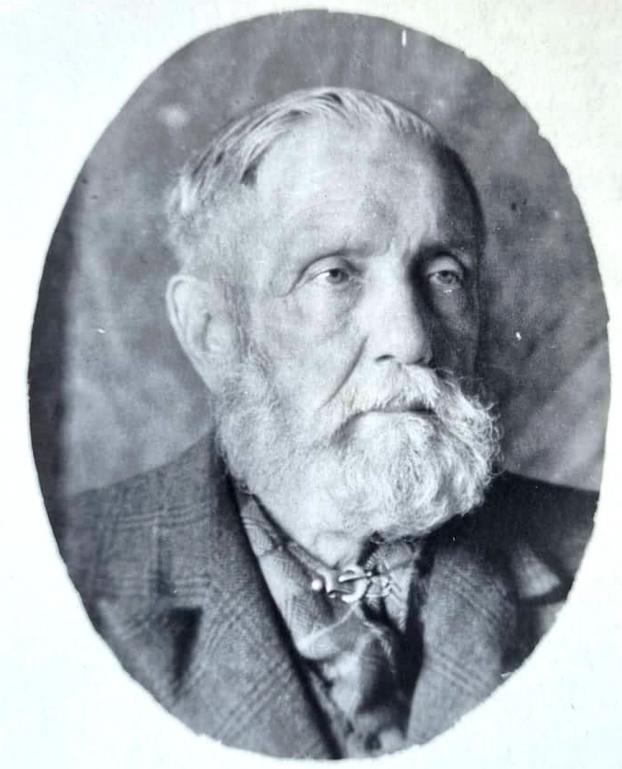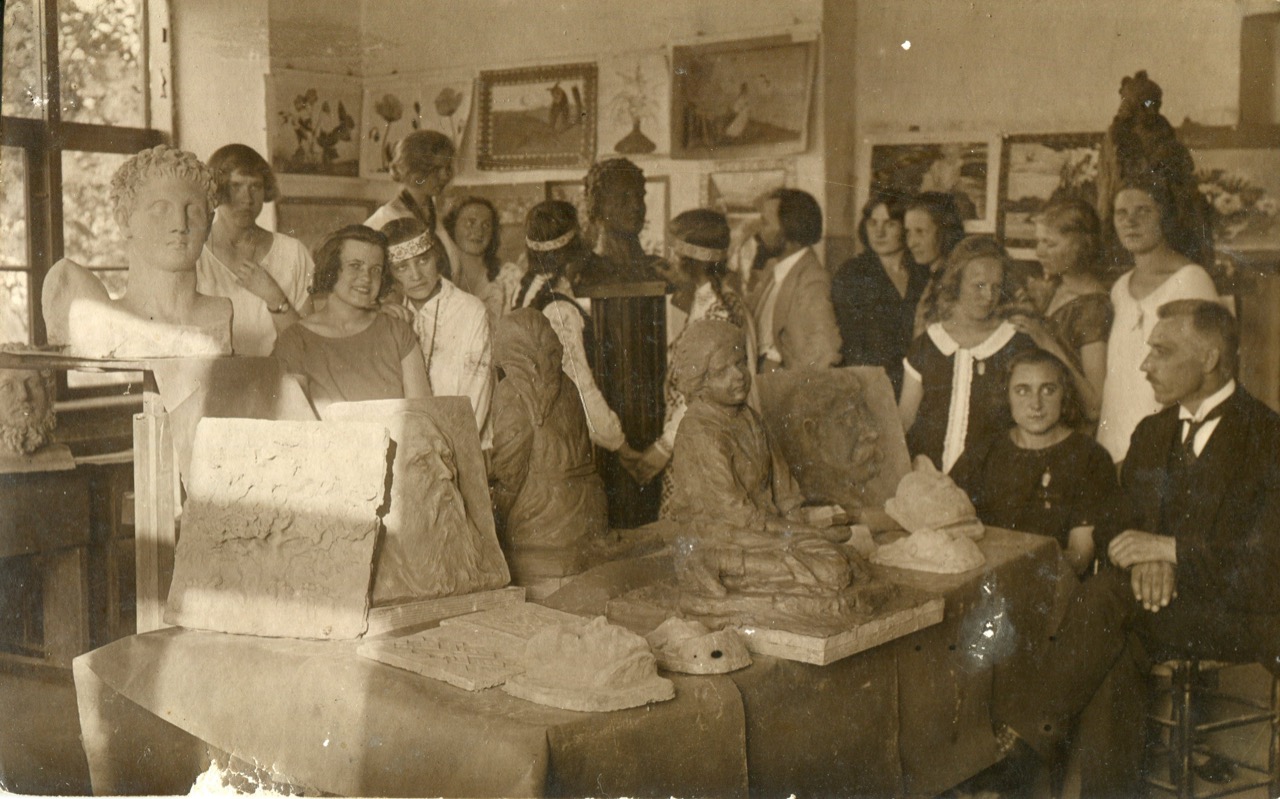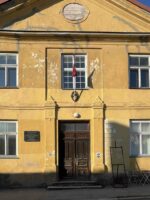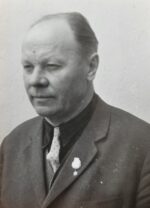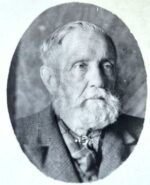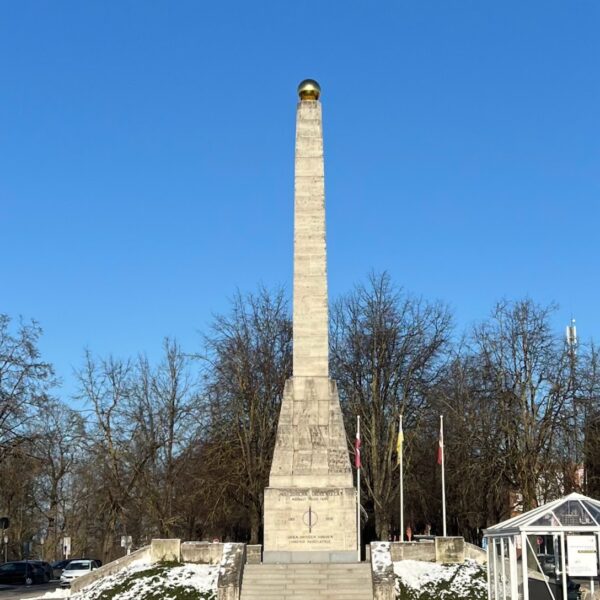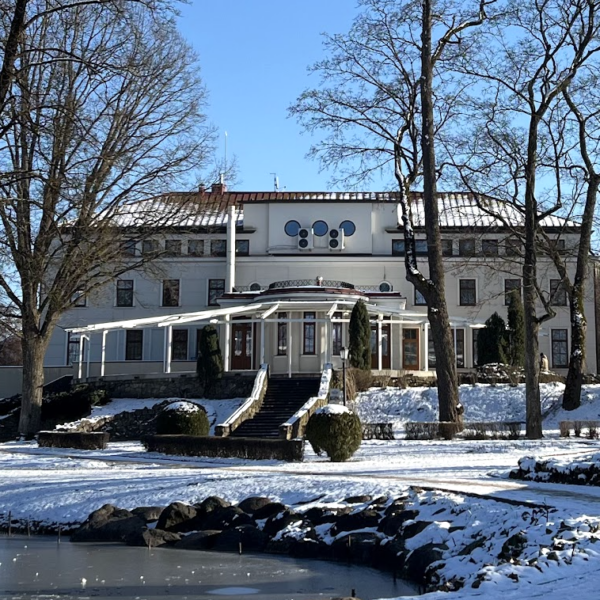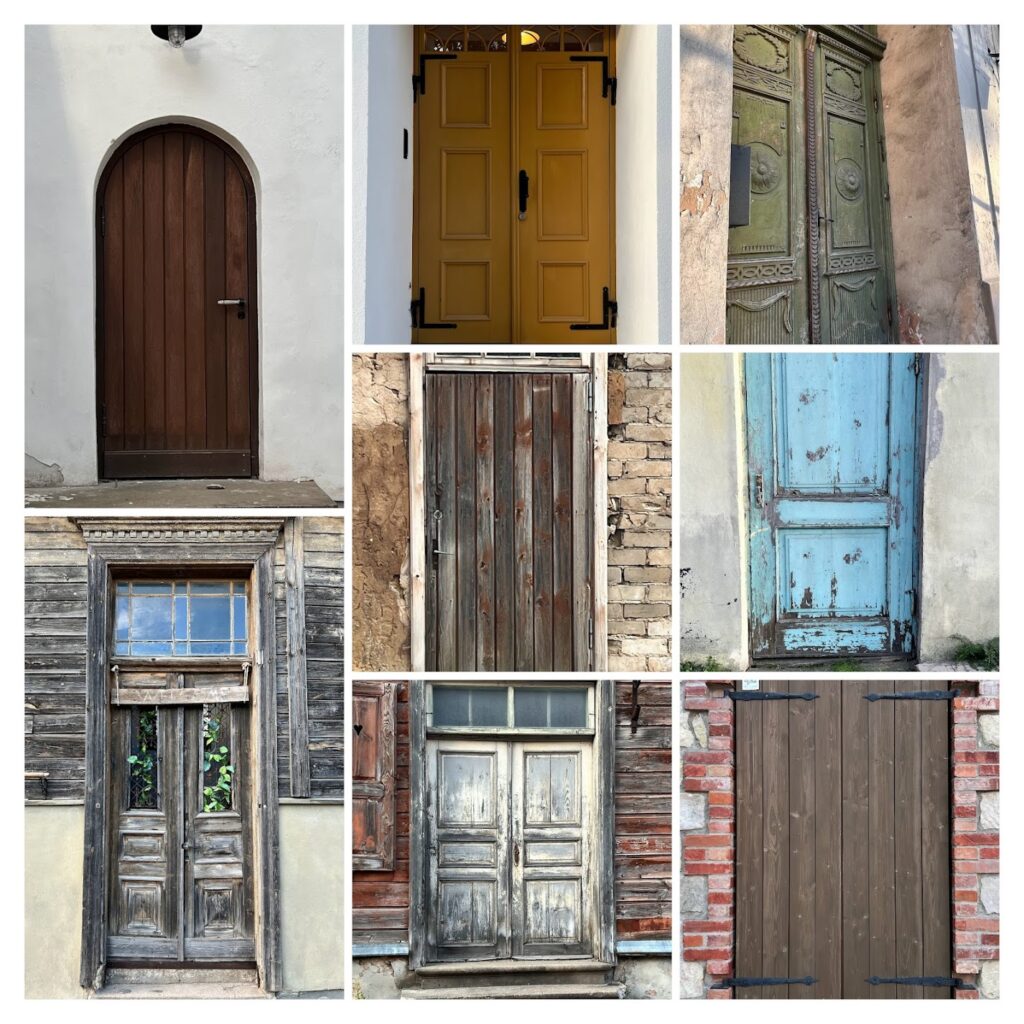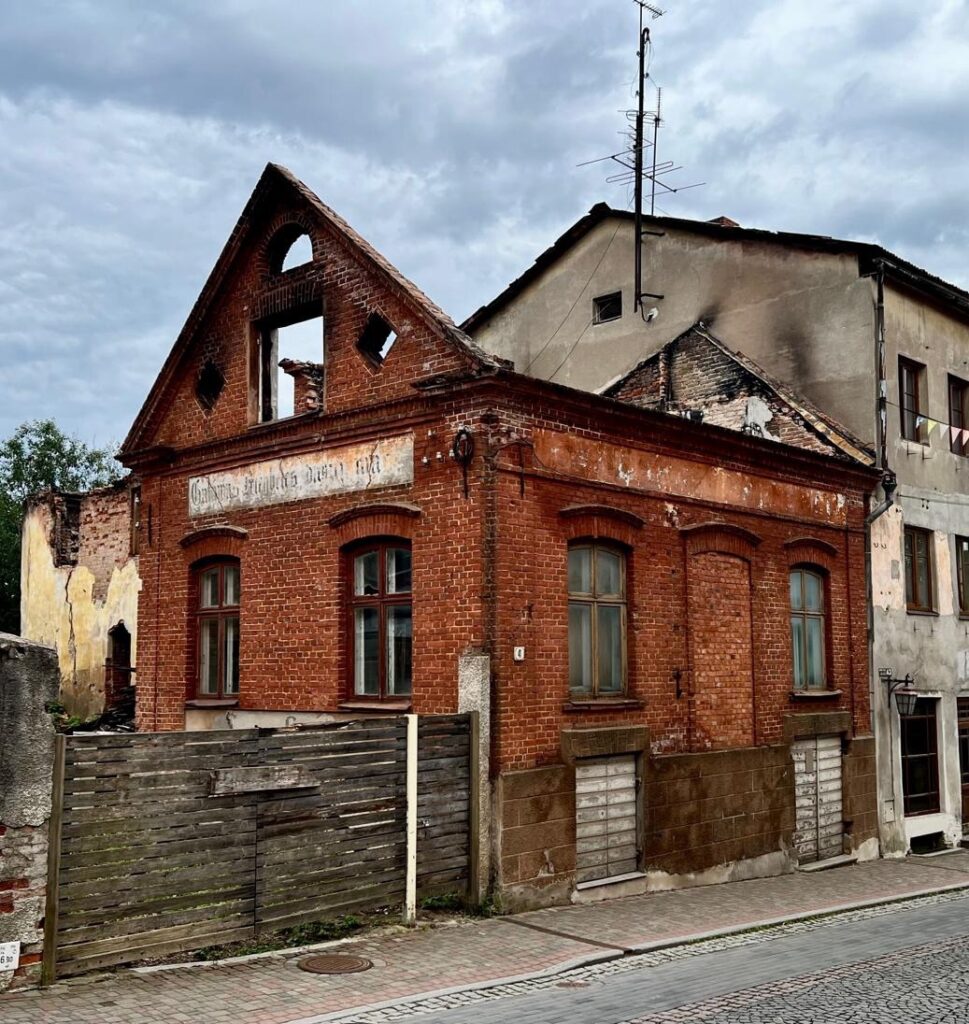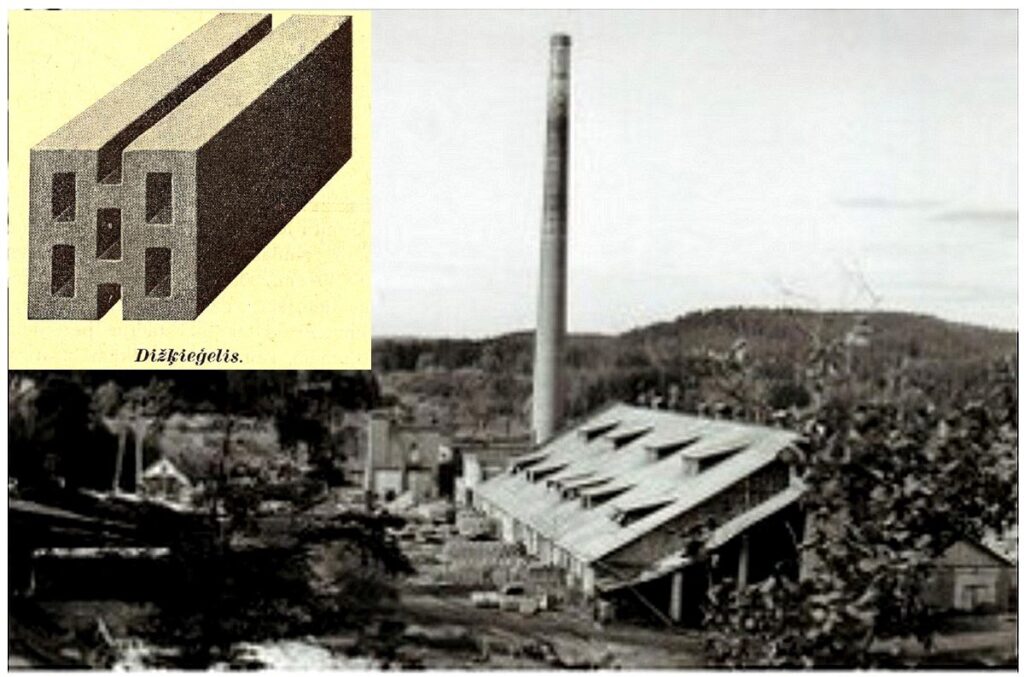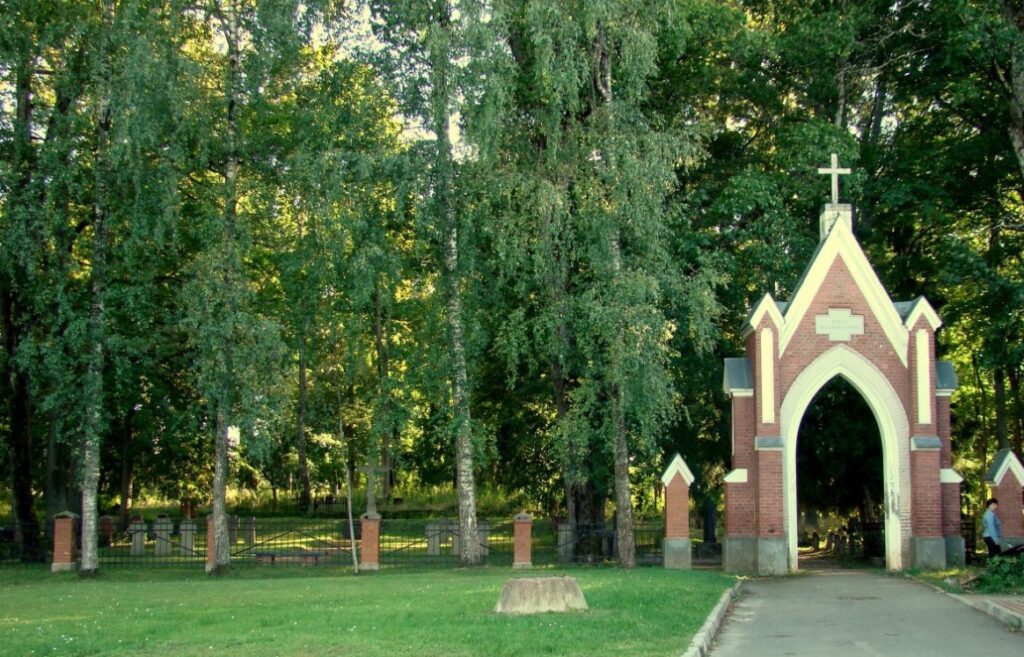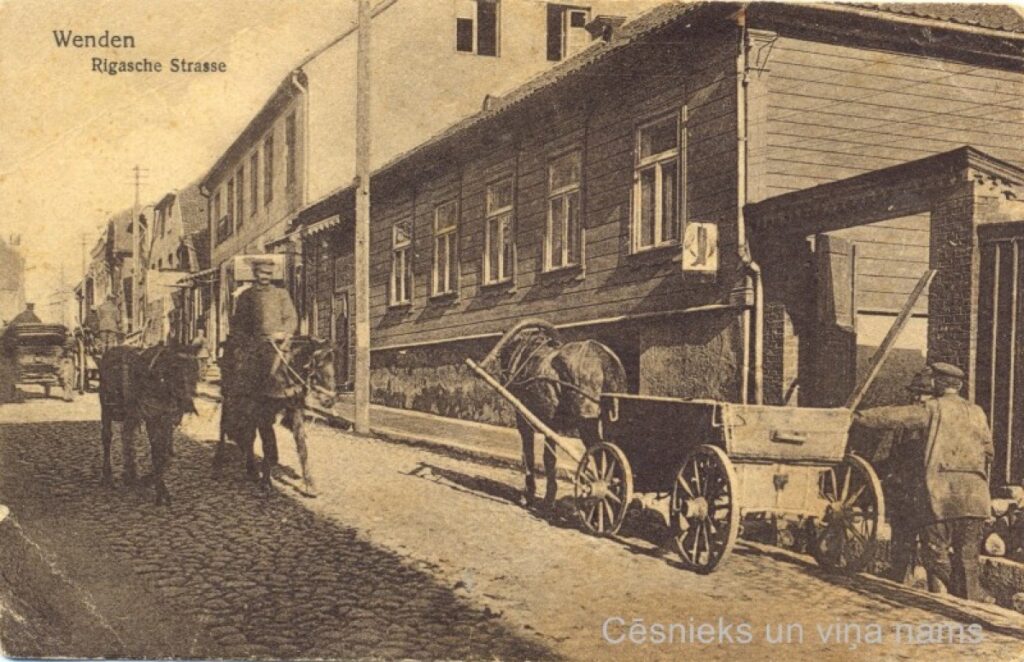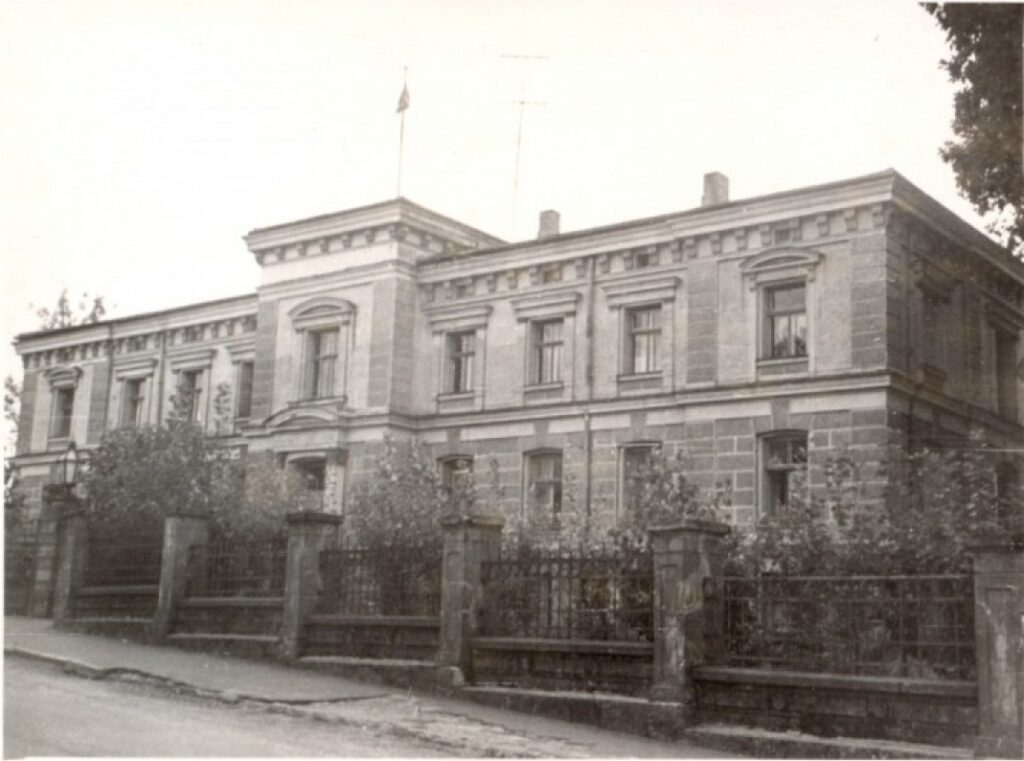The Cēsu Craftsmanship School (later Cēsu State Vocational School) is an important educational institution with a rich history, operating in a building that has continuously served school purposes for more than 200 years. This building in Cēsis, at 6 Lielā Skolas Street, is a rare case in the entire history of Latvian schools, as schools have continuously existed and operated in this exact same location since the beginning of the 17th century. The historical continuity here can be traced from a school that existed in the 1550s 50. to the present day.
The prehistory of the founding of the Cēsu Craftsmanship School began in the autumn of 1919 when a temporary council for the Cēsu Craftsmanship School was established. The minutes of this council’s meeting on October 27, 1919, mention that the meeting was opened by Ādolfs Vickops, Head of the Vocational School Department of the Ministry of Education. He announced that the Cēsu Craftsmanship School Council would initially have 5 members – one representative each from the Ministry of Education, Cēsis City Board, Cēsis Craftsmen’s Association, Cēsis Craftsmen and Industrialists’ Union, and Cēsis Social Society.
First, on November 15, 1919, evening courses of the Cēsu State Craftsmanship School were opened, which were attended by 59 students. The new school supervisor A. Julla actively began work on recruiting teachers and technical staff, as well as on recruiting students for evening courses and day school, preparing premises, and procuring inventory, teaching, and accounting aids.
The Cēsu Craftsmanship School was ceremoniously opened on January 15, 1920. The opening ceremony began with a service led by Pastor Pēteris Apkalns. Afterwards, Cēsis district school inspector Dāvids Soste welcomed the new school and provided information about the location and premises where the Cēsu State Craftsmanship School was established. He pointed to the historical continuity, saying that in the premises where this school was now opened, schools had operated before, where “as can be seen, attention had already been paid to practical work. Now we welcome in these premises the first craftsmanship school of the free Latvian state.”
The school council chose to open the following departments: mechanics, electrical engineering, construction, surveying, chemical technology (fibers, clay, wood), fine painting, and graphic arts. The Cēsu Craftsmanship School began its operations with 80 students and 6 departments: mechanics, electrical engineering, construction, chemistry, applied arts, and home economics. Although the school had already started its work, the number of students continued to increase. 1920./21. By the end of the 1920/21 academic year, there were 127 students in the school.
On October 20, 1920, it was recorded that the school’s total staff was 18 people (including teachers and support staff). The school’s first director was the well-known artist-ceramicist Augusts Julla, who also led the ceramics class.
In 1923, the Cēsu Craftsmanship School was renamed the Cēsu State Vocational School. Until 1923, the school’s head was called a supervisor, after that – a principal, and from 1934 – a director. 1923. At the end of 1923, Augusts Volkovs, a teacher at this school, was appointed as the principal of the Cēsu State Vocational School, and he led the school until 1944. The former school supervisor A. Julla continued to work at the vocational school as a teacher until October 1, 1936.
For specialization purposes and considering the needs of the national economy, with the 1923/24 academic year, the home economics department was liquidated, and the liquidation of the applied arts department also began, which was completed in the spring of 1926 1927. In the spring of 1927, the chemistry department was also liquidated. From then on, only mechanics, electrical engineering, and construction departments remained in the vocational school.
The experience of the first years of lower vocational schools convinced that the studies were too theoretical, with too few hours for practical training and laboratory work. This proved that the four-grade lower vocational school type was not suitable for our conditions, so it was advisable to switch to a three-year lower vocational school, which would admit students with a 6-grade primary school education. With the 1923/24 academic year, the transition to a three-year school type began, which was completed in the 1925/26 academic year. In the revised curricula, much more serious attention was paid to practice in workshops and laboratories. For this purpose, instead of the previous 4 hours per week, 16 to 24 hours were allocated. As a result, the number of theoretical hours was reduced. The maximum number of hours per week could not exceed 42.
During this time, some of the school’s classrooms and workshops were located at 20 Gaujas Street. The students of the Cēsu State Vocational School not only learned theory but also made various products during practical training. The school’s good reputation was forged by outstanding teachers and masters: Augusts Julla, Augusts Volkovs, Pēteris Neijs, Vilhelms Daugalis, Pēteris Vēgis, Kārlis Brencēns, Aleksandrs Skuja, Pēteris Užāns, Voldemārs Jūlijs Bišers, Mārtiņš Soste, Voldemārs Miške, Kārlis Baltgailis, Osvalds Pūpols, Jānis Tomsons, Edgars Jurevičs, Eduards Siliņš, Artūrs Dronis, Arnolds Berkholcs Kalniņš, Ēriks Brāčka, and others.
The vocational school had a high level of teaching and educational work, so its graduates were well-prepared in their specialty and highly demanded in various sectors of the national economy. Many graduates continued their education: they completed secondary specialized and higher educational institutions and became engineers, inventors, and leaders at various levels.
During World War II, in the early 1940s, Latvia also experienced the horrors of war and the repression of the existing governments, which directly affected the school’s staff. A large part of the teachers and adult students were drawn into the war, but the school did not completely cease its operations. The remaining staff and students conscientiously ensured that the school’s inventory was preserved, and also collected materials (remnants of war technology) for making new workbenches and tools. Alongside this work, theoretical and practical training also took place.
Despite various circumstances that adversely affected the educational work, more than 2000 specialists in various fields graduated from the Cēsu State Vocational School between 1920 and 1944. For example:
- Jānis Riba – metalworker, painter, art teacher,
- Jānis Rozenbergs – painter, stage painter, art teacher,
- Arnolds Vilkins – stage painter and stained glass artist,
- Artūrs Dronis – painter, art teacher,
- Eduards Priede – poet and playwright,
- Voldemārs Valdmanis – graphic artist, stage painter,
- Vilhelms (Vilis) Vasariņš – ceramicist and painter, lecturer at the Latvian Academy of Arts and head of the Ceramics Workshop.
The materials used for the description are:
I. Grote’s research “100 Years of Cēsis State Crafts School”
Materials from the collections of Cēsis Museum and Cēsis Central Library

